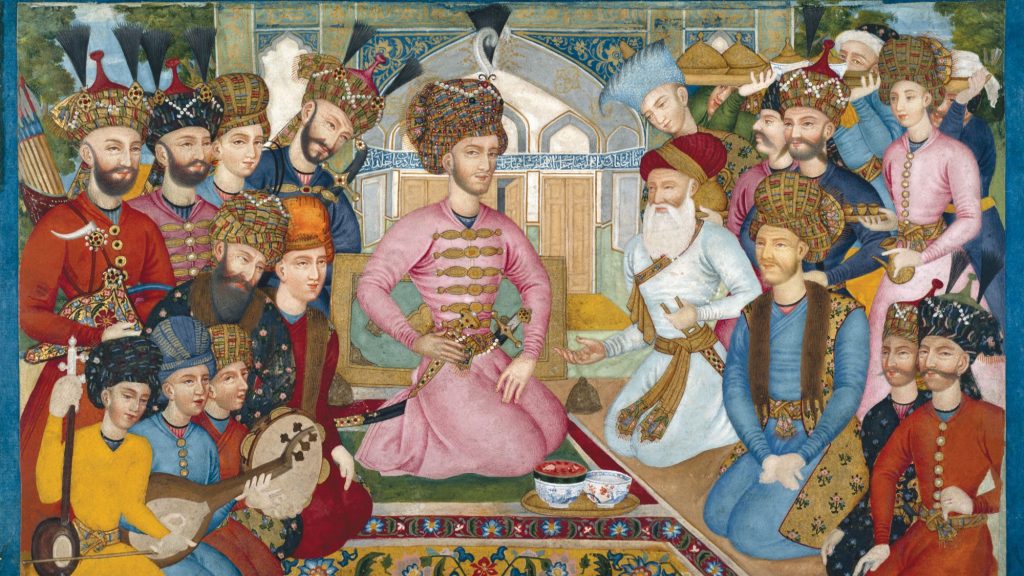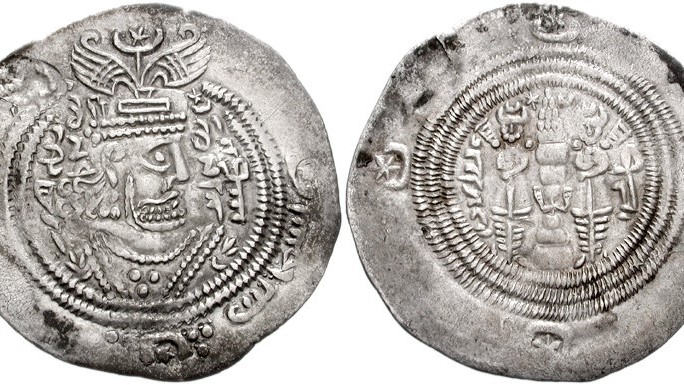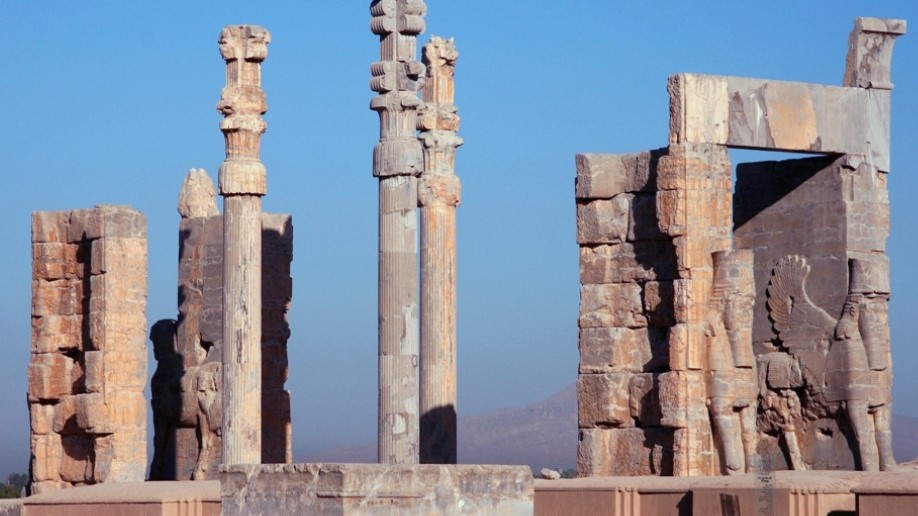These 5 ancient superpowers ruled the world before maps were even a thing.
Others are reading now
At different points in history, vast empires emerged with ambitions as towering as their territorial reach.
They didn’t just dominate land—they forged new systems of governance, restructured global trade, and reshaped cultural identities.
These five empires, through military might and administrative genius, left marks still visible in today’s geopolitics, languages, and religions.
1. Persian Empire (550–330 BCE)

The Achaemenid Empire, or Persian Empire, was the largest in the ancient world at its time, stretching across 5.5 million square kilometers.
Also read
It linked key early civilizations in Mesopotamia, Egypt, and the Indus Valley under one rule.
Founded by Cyrus the Great in 550 BCE, the empire built an advanced road system and created history’s first postal service. It was also the first to connect parts of Europe, Asia, and Africa through a single government.
The famous Cyrus Cylinder tells how Cyrus peacefully took over Babylon in 539 BCE.
2. Han Dynasty (206 BCE – 220 CE)

The Han Dynasty was one of China’s most influential ruling periods, lasting over 400 years.
After the fall of the short-lived Qin Dynasty, the Han reunited China and expanded its borders into modern-day Vietnam and Korea.
The Han period shaped much of what we know as Chinese culture today, including language, art, and government systems.
The dynasty is split into two parts: Western Han and Eastern Han. It also laid the groundwork for China’s future as a major power.
3. Umayyad Caliphate (661–750 CE)

The Umayyad Caliphate grew rapidly after the death of the Prophet Muhammad and became one of the largest empires in history, covering over 4 million square miles.
It stretched from Spain across North Africa to the Middle East and into parts of India.
At its peak, about 60 million people—nearly 30% of the world’s population—lived under Umayyad rule.
The empire made Arabic its official language and promoted Islamic faith while blending local artistic styles, creating a unique cultural legacy seen in Islamic art and architecture.
4. Mongol Empire (1206–1368 CE)

Founded by Genghis Khan, the Mongol Empire became the largest continuous land empire in history, reaching around 23 million square kilometers.
It stretched from East Asia to Eastern Europe and included more than 100 million people at its peak.
The empire broke into four main regions after Genghis Khan’s death, each ruled by different branches of his family.
Though their expansion was brutal—with an estimated 30 million deaths—the Mongols also helped connect distant parts of the world through trade, culture, and communication.
5. Ottoman Empire (1299–1922 CE)

Founded by Osman I, the Ottoman Empire lasted over 600 years and controlled large parts of the Middle East, Eastern Europe, and North Africa.
At its height in the 16th and 17th centuries under Süleyman the Magnificent, it spanned three continents.
The empire included modern-day Turkey, parts of the Balkans, North Africa, and the Arabian Peninsula.
Known for its military strength, advanced architecture, and cultural diversity, the Ottoman Empire ended in 1922 and was followed by the creation of the modern Republic of Turkey and other new nations.
Legacies in Stone, Word, and Law

Each of these empires left behind more than borders and buildings.
They codified laws, propagated languages, and reimagined what a state could be. Whether through the spread of Confucian ethics, Arabic script, or Persian administrative structures, their impact remains woven into the fabric of today’s nations and ideologies.
Empires may fall, but their echoes continue in institutions, languages, and the very way modern nations imagine power.
The article is based on information from Archaeology Magazine.


